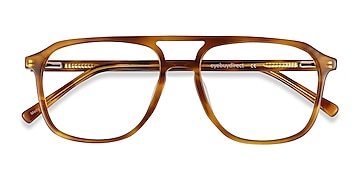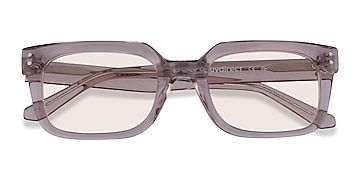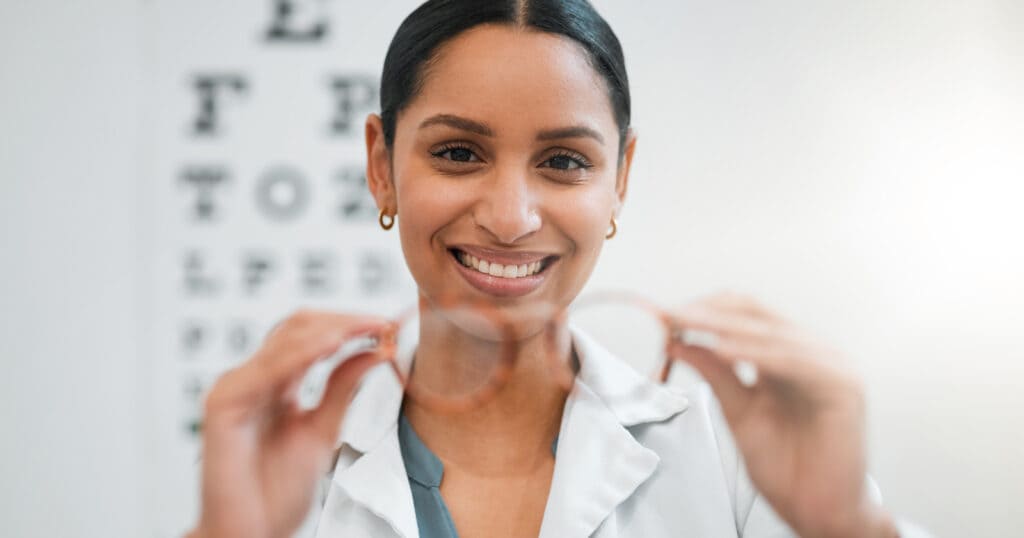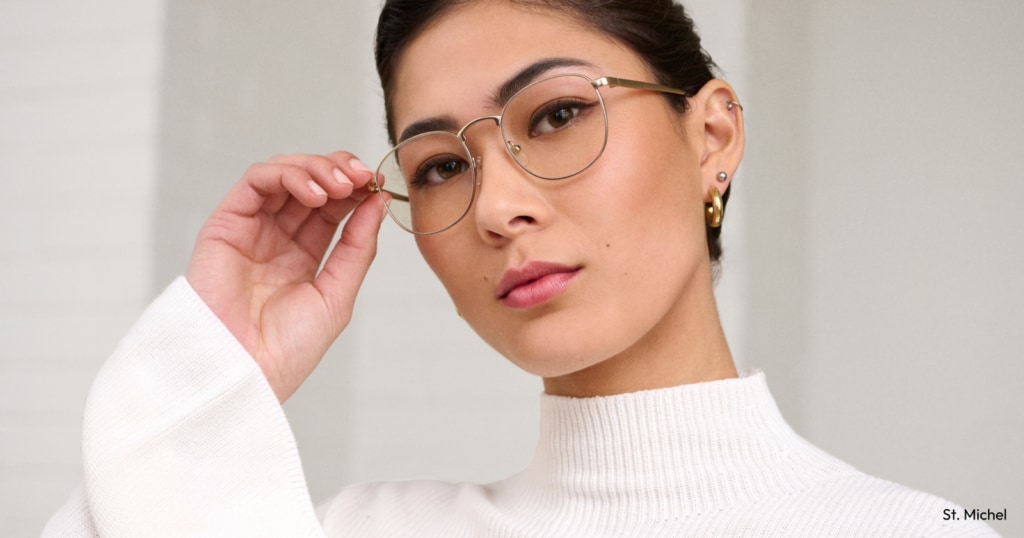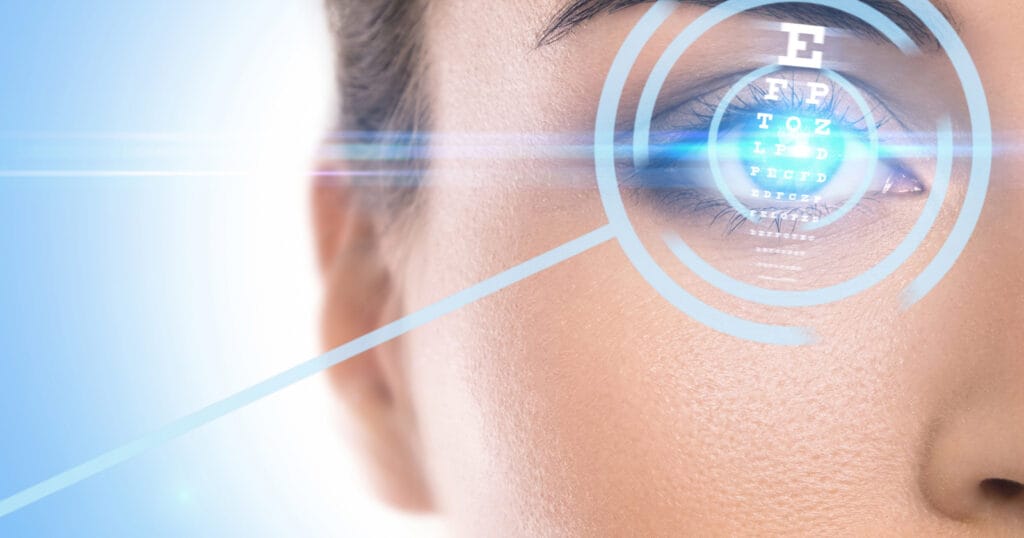Getting new glasses can be exciting, but an adjustment period is often necessary. Initially, you may experience discomfort as your eyes and brain acclimate to the lenses. This sensation is normal and typically brief.
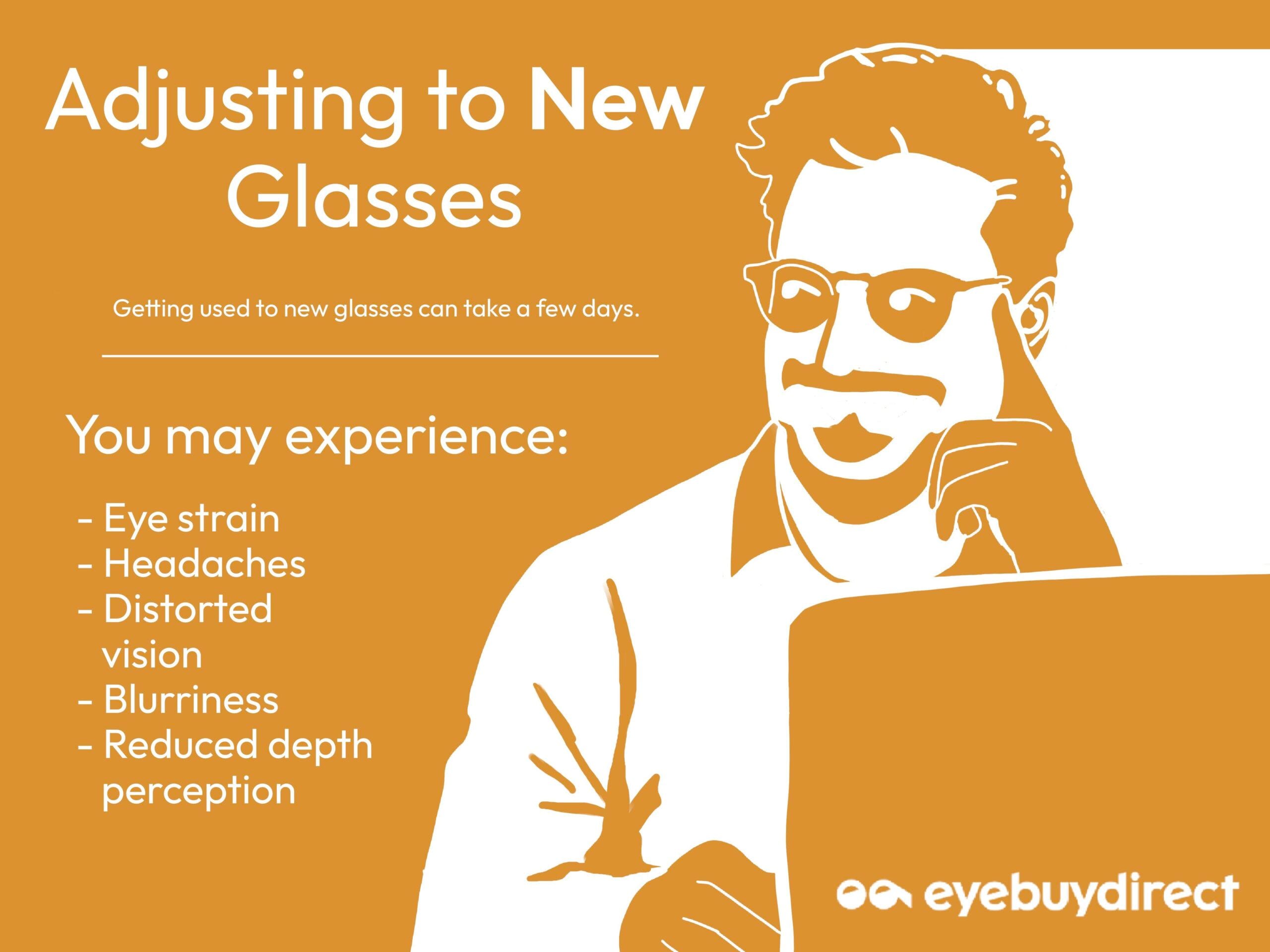
Understanding the Glasses Adjustment Period
Common symptoms during the glasses adjustment phase can include:
- Dizziness – This is a sensation of imbalance or lightheadedness.
- Eye strain – This refers to discomfort or fatigue caused by prolonged eye use.
- Blurred vision – This means a lack of sharpness and difficulty seeing fine details.
- Headaches – These involve pain or pressure in the head, often resulting from eye strain.
These symptoms occur because your brain is learning to perceive the world differently. It’s like wearing new shoes—they may feel unusual at first but soon become comfortable.
Factors Affecting Adjustment Time
Several factors influence how quickly you adjust to new glasses. One key factor is the strength of your prescription. A significant change in prescription can lead to a longer adjustment period.
The lens type is crucial as well. Progressive lenses, which incorporate multiple focal points, often require more time to adjust compared to single-vision lenses.
Individual differences also matter. Those with astigmatism—where the shape of the eye leads to blurred vision—or unique vision needs might need more time to adjust.
Understanding these factors can help set realistic expectations and ease the transition. If discomfort persists, consult your optometrist to ensure your glasses fit properly.
Tips to Ease the Transition
Getting accustomed to new glasses can be smooth with the right approach. Here are some tips to help you adjust comfortably and enjoy clear vision.
Gradual Wear and Breaks
Begin wearing your new glasses for an hour or two initially, gradually increasing the time each day. This gradual approach allows your eyes and brain to adapt to the new lenses without stress. Remember to take breaks; if your eyes feel strained, remove your glasses for a few minutes to prevent headaches and fatigue.
Consulting with an Optometrist
If discomfort persists even after gradual wearing, consult an optometrist. They can verify if your glasses fit well and if your prescription is correct. Professional advice is essential if you experience persistent issues like dizziness or nausea. An optometrist can adjust your glasses to suit your needs, ensuring optimal vision.
By following these tips, you can transition smoothly to new glasses. Patience and professional guidance are vital for successful adaptation.
Common Challenges and Solutions
Adjusting to new glasses isn’t always seamless but knowing what to expect can ease the process. Here are some common issues wearers can face along with practical ways to manage them.
Dealing with Distortion and Depth Issues
When you first wear new glasses, you might notice distortion and depth perception issues. These arise because your brain is adjusting to the way your eyes now perceive the world. The lenses alter how light enters your eyes, affecting how you view distances and shapes.
To manage this, give yourself time to adapt. Wear your glasses for short intervals, gradually extending the duration. This method will help your brain acclimate. If you use progressive lenses or bifocals, practice utilizing different sections of the lens for various distances.
Overcoming Nausea and Dizziness
New glasses can also cause nausea and dizziness, possibly due to lens or frame misalignment. To alleviate these symptoms, ensure your glasses fit well and the lenses align with your eyes.
If discomfort persists, visit your optician for an adjustment. Proper lens and frame alignment are crucial for comfort and clear vision.
By understanding these challenges and implementing solutions, you can adjust to new glasses more comfortably. Be patient and seek professional assistance if needed to ensure a smoother transition.
When to Seek Help
Getting used to new glasses can be tough. If you feel discomfort, it might mean they need adjustment. Signs your glasses may require a tweak include:
- Blurry vision – If blurriness persists after a few days, your prescription could be incorrect, resulting from an error during the eye exam or lens production.
- Persistent headaches – While headaches can be initially normal, ongoing ones may signify that your glasses are unsuitable.
- Eye strain – Consistent eye strain or tiredness, even after brief periods of wearing glasses, suggests improper lens positioning.
- Dizziness or nausea – If you experience dizziness or nausea, especially with progressive lenses, your glasses may not fit correctly. Consult your optometrist if these symptoms continue.
Routine eye exams are essential for checking your prescription and ensuring a proper fit. Regular check-ups help avoid discomfort and keep your eyes healthy. If problems come up, reach out to your eye care professional. They can help with adjustments or provide a new prescription to keep your vision sharp.
Find the Right Fit
The adjustment phase is temporary, but clear vision should be lasting. Eyebuydirect offers a simple way to order glasses that suit your prescription and preferences. With the right pair, you can move through your day with comfort and clarity.





